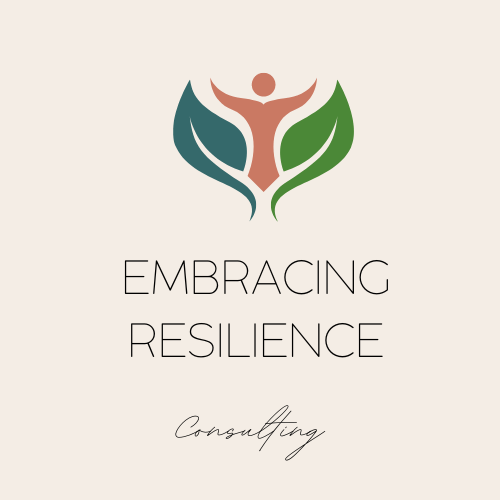Transformative mental health and educational consultation for the community.
Suicide Prevention
Why Prevention Matters
Suicide is a leading cause of death among youth. Understanding the protective factors related to suicide can be beneficial for parents and caregivers, as well as individuals supporting youth. As school psychologists recognize the increasing need to focus on improving mental health for children and adolescents, more attention is being directed at preventative approaches.
To help prevent suicide in children and adolescents, those who support youth can understand suicide risk factors, become familiar with evidence-based prevention measures and support prevention in schools. Taking this preventative approach reduces the level of risk for all students and the number of students at a greater risk of suicide.
New Title
Risk Factors
It’s important to be aware of influencing factors (e.g., individual, socio-cultural and environmental) to help reduce risk and identify youth who may already be at risk. For example, students may be at a higher risk for suicide if they have experienced bullying or family violence or if they have internalized issues or attempted suicide in the past. Sexual orientation, gender and ethnicity can also play a role in increasing a student’s risk for suicide.
What can be done to help students be mentally and emotionally healthy, despite these risk factors? Social-emotional learning programs have demonstrated positive effects. These programs can help by improving attitudes about self and others, increasing prosocial behaviors and reducing internalized issues.
Frameworks for Prevention
The American Foundation for Suicide Prevention (AFSP) has identified four evidence-based frameworks that emphasize the importance of preventative strategies. The frameworks are consistent with the Centers for Disease Control and Prevention (CDC) and include the following:
● Gatekeeper training for school-based staff and outside professionals who work in the schools. Focused on identifying at-risk youth and responding to suicidal individuals
● Psychoeducation about suicide and associated factors
● Methods for restricting access to lethal means as well as reducing access to tools that could be used for self-harm
● Mental health interventions for youth identified with or at risk for depression or anxiety disorder
These frameworks are important building blocks for effective suicide prevention programs everywhere, but particularly in schools.
Prevention Programs in Schools
What makes comprehensive suicide prevention programs successful? These programs incorporate universal, selective and targeted approaches, according to the authors of “School Psychology in a Global Society: Roles and Functions.” And the most impactful programs have school-wide approaches that support students across multiple levels of instruction.
The aim off all suicide prevention programs is twofold: (1) identifying youth who are already at risk and (2) reducing the risk factors for the school population. The Centers for Disease Control and Prevention (CDC) recommends strategies that work together to achieve these aims. Some of these strategies include the following:
● strengthening economic supports,
● strengthening access and delivery of suicide care,
● creating protective environments,
● promoting connectedness,
● teaching coping and problem-solving skills, and
● identifying and supporting people at risk.
As school psychologists, we work to implement these strategies in our schools to help our students thrive. We are uniquely qualified to support our students, families, and communities within Utah. We are not only capable of providing service at the individual level but can be utilized at the system-level in prevention and promoting mental health and wellness for all students.



